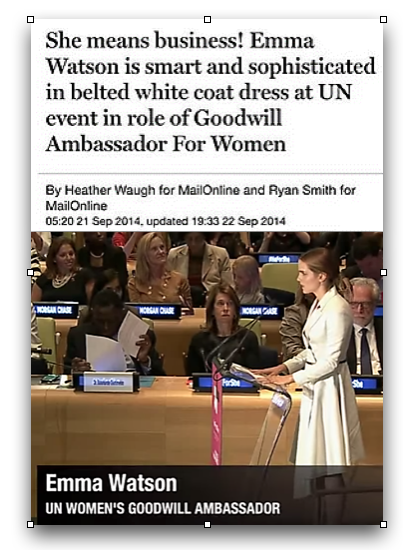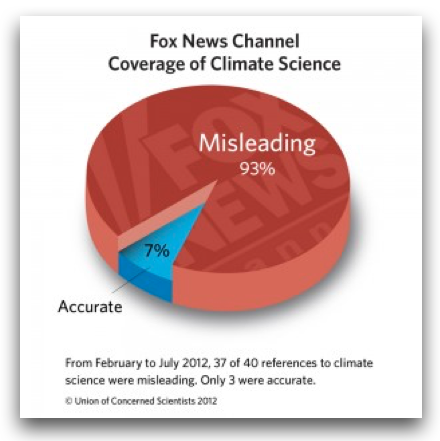It’s tempting to attribute errors or unfair journalism to bias: “ That journalist doesn’t like that person, or disagrees with that idea.”
We can’t look into someone’s head and see bias.
But... we can look at what they have done in the past to see if there is evidence of a predisposition.
So we define bias as such:
Bias
- A pattern of unfairness
Bias is not an isolated event. It must be proved by a set of previous actions.
So, how do you spot bias?
Just as we offer ways to find fairness, we offer ways to think and speak skillfully about bias. Bias is easy to allege, but without evidence, it amounts to little more than name-calling and you’re better than that.
- Look for a consistent pattern of unfairness over time.
- Compare news reports from a variety of sources, especially to search for a bias by omission
- Take note of the self-interest of those alleging bias. Are they advocates for journalistic excellence, or are they, directly affected by the story (financially, romantically)?

A reasonable charge of bias requires some data.
When UN Women’s Goodwill Ambassador Emma Watson spoke of fighting for women’s rights in a speech at the UN in September 2014, the Daily Mail of London ran this story in its online edition, emphasizing in its headline what she wore and not what she said. It was, to say the least, an odd angle.
So…can you conclude the Mail is a sexist publication, based on that example?
or...
 A report from Scientific American on 9/22/2012 looked at six months of primetime Fox News Channel and found that “in 37 of 40 instances, Fox News programs misled viewers about climate science—mainly, by broadly dismissing it.
A report from Scientific American on 9/22/2012 looked at six months of primetime Fox News Channel and found that “in 37 of 40 instances, Fox News programs misled viewers about climate science—mainly, by broadly dismissing it.
What manner of conclusion can you make based on that data?
Is there a pattern?
.
